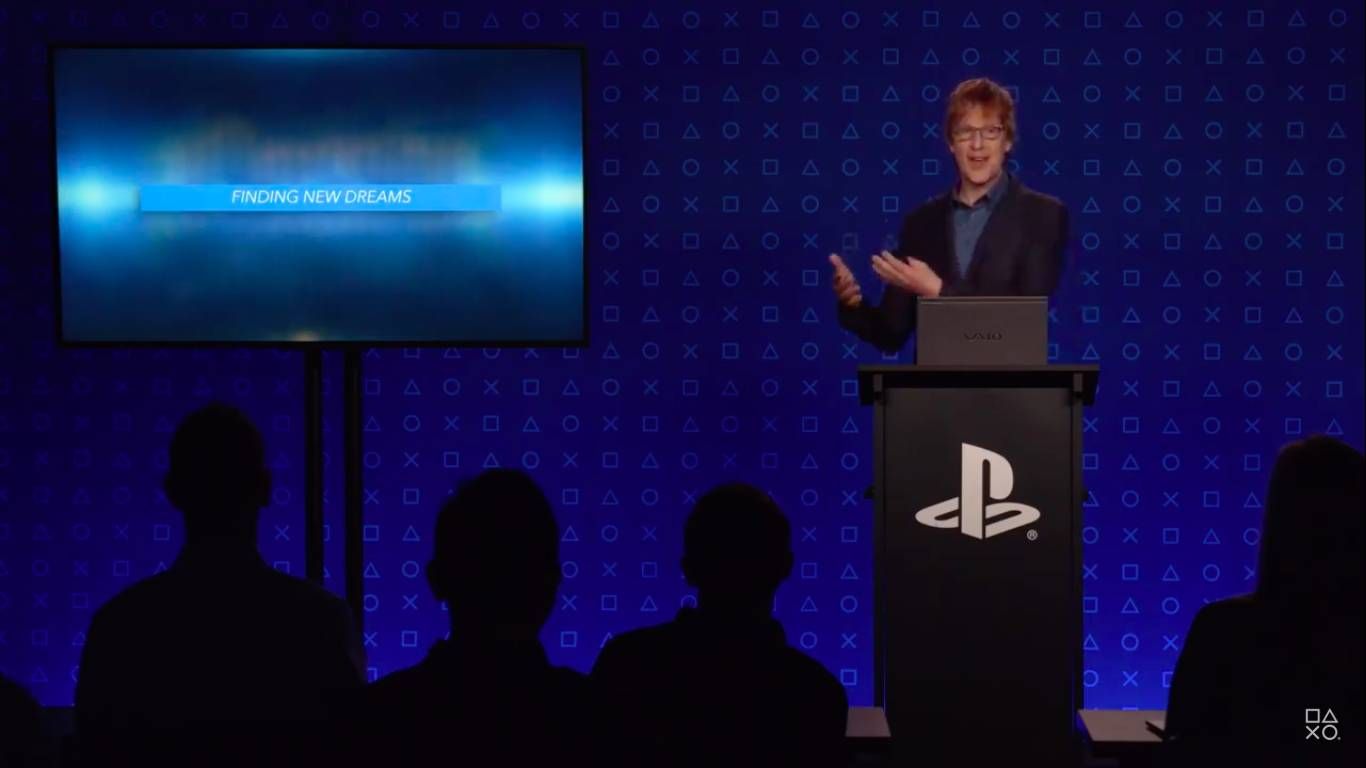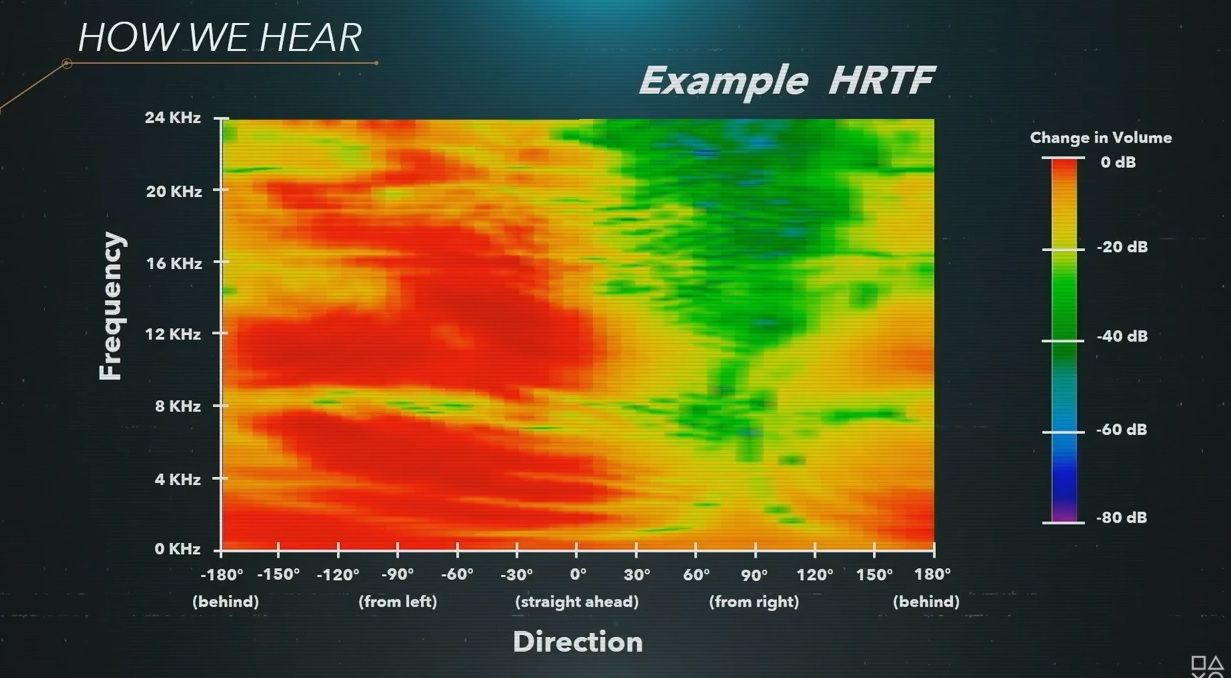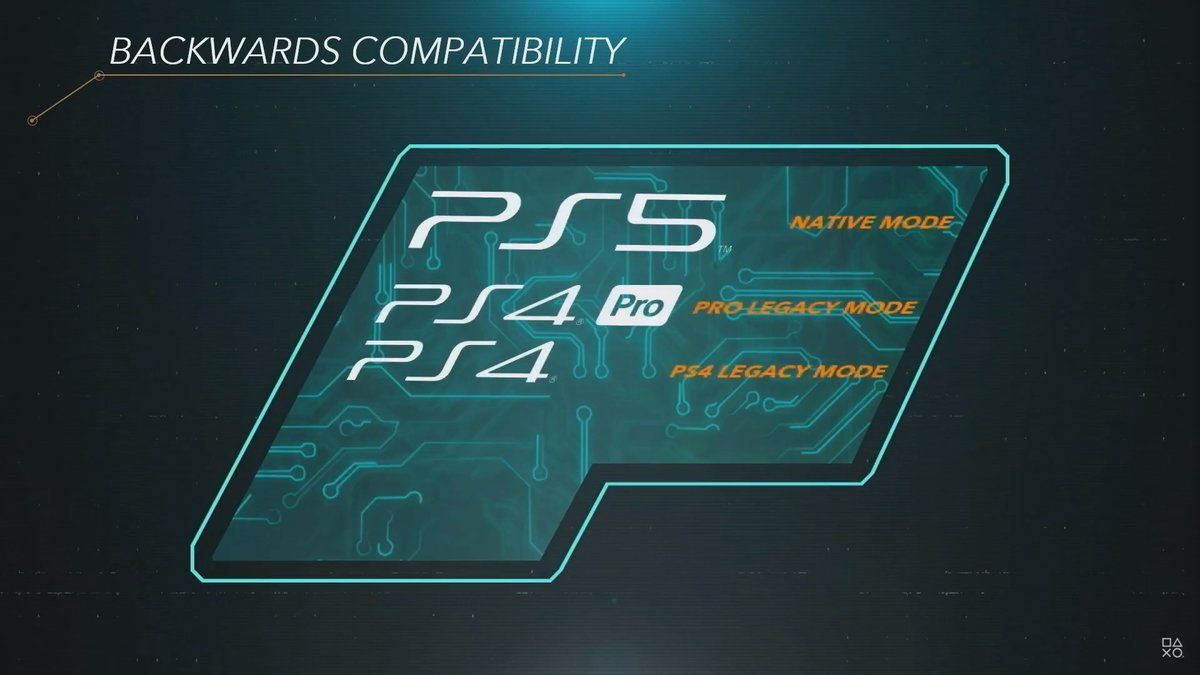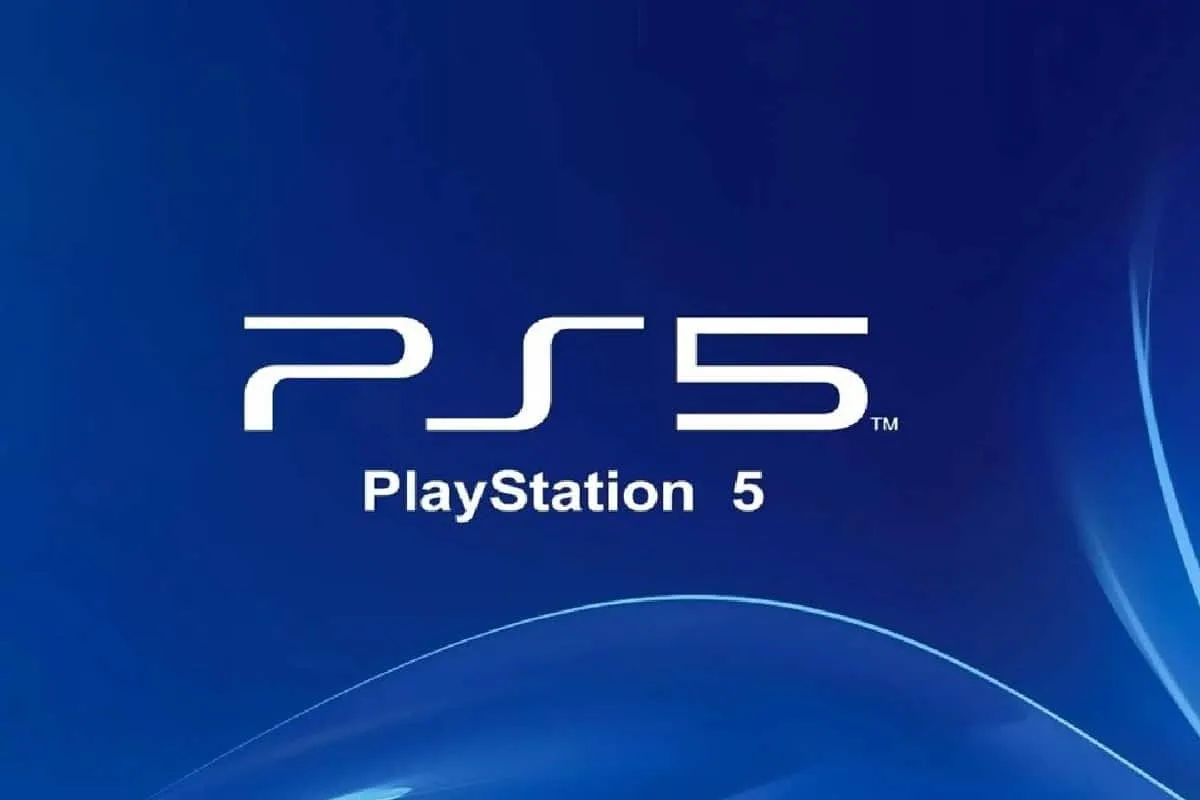Sony revealed today the specifications of the upcoming PlayStation 5 - PS5. It was not the way that most expected, with a gala event in New York, or through a State of Play streaming. The company brought the highly-anticipated news through a low-profile event, probably motivated by the coronavirus pandemic.
We already knew some interesting information about the console. New SSD for faster game loading, backward compatibility with PS4, much more powerful GPU and CPU and etc. However, we now have real specifications. Even in a more technical way than many people expected - which is not surprising, since the content was an “adaptation” of what Sony would say at GDC, an event that is focused on devs.

PlayStation 5 details
The presentation began with a visually bizarre simulation of a lecture by the architect - as would be the keynote of the GDC. In terms of content, Cerny explained the importance of having traveled the world to talk to devs on how the PS5 could be better for them to make their games.
According to him, the publishers' adaptation time to the PlayStation 5 will be the shortest in the entire history of the Sony console, with less than a month. Moreover, and obviously, he states that the device will be much more powerful than its predecessor. According to him, thanks to the developer's feedback Sony was able to understand the demand for more powerful GPU and faster loading times.
Unfortunately, we didn't get any detail about the PS5 design neither the DualShock 5 official look and capabilities. We'll need to wait until Sony decides to reveal more. According to the firm, the PS5 will be ready for the Holiday 2020 original schedule. Although it may change in the future due to the COVID-19 crisis.
PS5 comes with an exclusive-proprietary 825 GB SSD
The PS5 will count with an SSD that reads at least 5 GB/s and will have a practically instantaneous load of content. There will be no load screens or reloads; "You will immediately return to action after you die," said Cerny. Those “quick trips” to games are going to be really fast. Like a fade-in, fade-out effect.

Another point is that there will be no installation of games. No waiting a long time to play after a patch. In addition to the incredible performance of the PS5's custom SSD, the console will also have 16 GB DDR6 RAM. This will allow us to play at a speed never before seen and much higher than we currently have on PS4 and PS4 Pro.
The next-gen console comes with 3.5GHz Zen 2 cores CPU and a 10.28 TFLOPs GPU
The storage space will be 1TB. However, only 825GB will be available for games. Other details include a 4K Blue-Ray Play, an SSD slot for further storage and expansion. It also includes support for external HD's just like the PS4. When it comes to the processing power, the PS5 has CPU with eight 3.5GHz Zen 2 cores and the GPU will feature 10.28 TFLOPs and 36 CUs at 2.23 GHz.
The presentation itself was to detail these specs, the architecture and the technical characteristics of the components of the PlayStation 5. Something, of course, much more geared to developers than to the consumers.
Why using fewer Teraflops than the Xbox Series X?
According to Mark Cerny, Sony opted for higher clock speed for several reasons. According to the engineer, higher speeds with fewer computational units guarantee better results in several GPU functionalities. Furthermore, filling triangles for rendering on many computational units at the same time is not very efficient, according to Cerny.

The engineer continued his speech during the online event and explained that it is not all about Teraflops and there is a defined strategy for the PS5. Among them, there is less energy consumption, which consequently heats up less and makes less noise. To compensate for all this, the clocks are still variable and can adapt to the rendering needs of the games.
Ray Tracing on PS5
Sony has revealed few things about Ray Tracing so far, but the console will support the technology. It will be mainly used in 3D audio technologies. According to Digital Foundry, Ray Tracing will have hardware acceleration, but it will differ from the solution adopted in the Xbox Series X.

According to the vehicle, Ray Tracing technology will be more similar to AMD's next generation of GPUs and will be fully integrated into the GPU, that is, without an external block that is dedicated to the feature (as is the case with the Xbox Series X). Mark Cerny states that it's possible to carry out high-quality Ray Tracing at extremely low costs.
Tempest 3D Audio Tech: the 3D audio of the PS5
Mark Cerny also revealed some details about Sony's new proprietary technology, Tempest 3D Audio Tech, the new 3D audio function of the PlayStation 5. In the words of the engineer, the new generation PlayStation console will have a dedicated processor with an algorithm created by Sony to revolutionize gaming audio.

According to Cerny, the capacity of Tempest 3D Audio Tech exceeds the 3D sound capacity of the PSVR, which currently can detect 5,000 audio sources. Not only does the algorithm calculate where it comes from, but it also detects its whole area, the size of the sound wave and its propagation through the space in which it moves.
According to Sony, it will be possible to see the results of this technology even in ordinary headphones.
PlayStation 5 backward compatibility
Sony wants to ensure that the above 100 million PS4 owners will be able to keep their games with the arrival of the PS5. For that reason, the company confirmed the rumors about backward compatibility. However, there's a catch.

Sony's new console will be backward compatible with the PlayStation 4 (FAT, Slim, and PRO). In a lengthy technical explanation, the designer explained that PS4 games will run on PlayStation 5 using a technique called Legacy Mode. On launch, the company expects to have, at least, 100 PS4 games 100% compatible with PS5. The list will grow even more with the console launch. Game developers will need to update their games to run on PS5 in the aforementioned Legacy Mode. The PS5 alone can't run PS4 games straight out the box.
PS5 official specs
- Processor 8x Zen 2 Colors 3.5GHz
- GPU 10.28 TFLOPs, 36 CUs 2.23GHz
- Customized RDNA 2 GPU architecture
- 16GB GDDR6 / 256-bit RAM
- 448GB / s Memory Band
- Custom 825GB SSD Storage
- Flow Rate 5.5GB / s (Raw), Typical 8-9GB / s (Compressed)
- NVMe SSD Slot Storage Expansion
- External USB HDD Storage
- 4K UHD Blu-ray Drive Disc Player






Place comments
0 Comments
You are currently seeing only the comments you are notified about, if you want to see all comments from this post, click the button below.
Show all comments